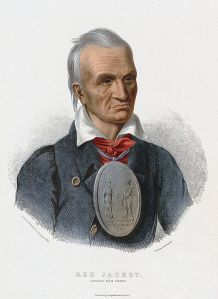
Coll Thrush, Indigenous London: Native Travelers at the Heart of Empire (New Haven: Yale University Press, 2016).
 Wander through the Museum of London’s rich galleries, glowing with relics and rites of Roman Londinium, and you’ll spot scraps of the city’s wall half-strewn along the route. Burned in bits or eaten by age, the red-and-white brick arches splay out like the broken teeth of empire, grinding a crooked grin in today’s cityscape. Amid the tidy exhibits and visitors’ whirl, it’s a graphic reminder of what London was and how it has weathered so many centuries’ toll. But, as Coll Thrush’s Indigenous London asks us, “The audience of a museum is always / another sort of collection…Indigenous objects, Indigenous eyes—/ Who sees and what is being seen?” (p. 135). For the scholar rescuing clues from the built environment, the wall raises a complex set of research queries: Who passed through the city limits, and why? How did diverse travelers experience urban life at a sensory level? What did it mean for indigenous visitors to sample London? And how can we expand the historical canon of voices who tell that story in the early modern era? Continue reading
Wander through the Museum of London’s rich galleries, glowing with relics and rites of Roman Londinium, and you’ll spot scraps of the city’s wall half-strewn along the route. Burned in bits or eaten by age, the red-and-white brick arches splay out like the broken teeth of empire, grinding a crooked grin in today’s cityscape. Amid the tidy exhibits and visitors’ whirl, it’s a graphic reminder of what London was and how it has weathered so many centuries’ toll. But, as Coll Thrush’s Indigenous London asks us, “The audience of a museum is always / another sort of collection…Indigenous objects, Indigenous eyes—/ Who sees and what is being seen?” (p. 135). For the scholar rescuing clues from the built environment, the wall raises a complex set of research queries: Who passed through the city limits, and why? How did diverse travelers experience urban life at a sensory level? What did it mean for indigenous visitors to sample London? And how can we expand the historical canon of voices who tell that story in the early modern era? Continue reading




